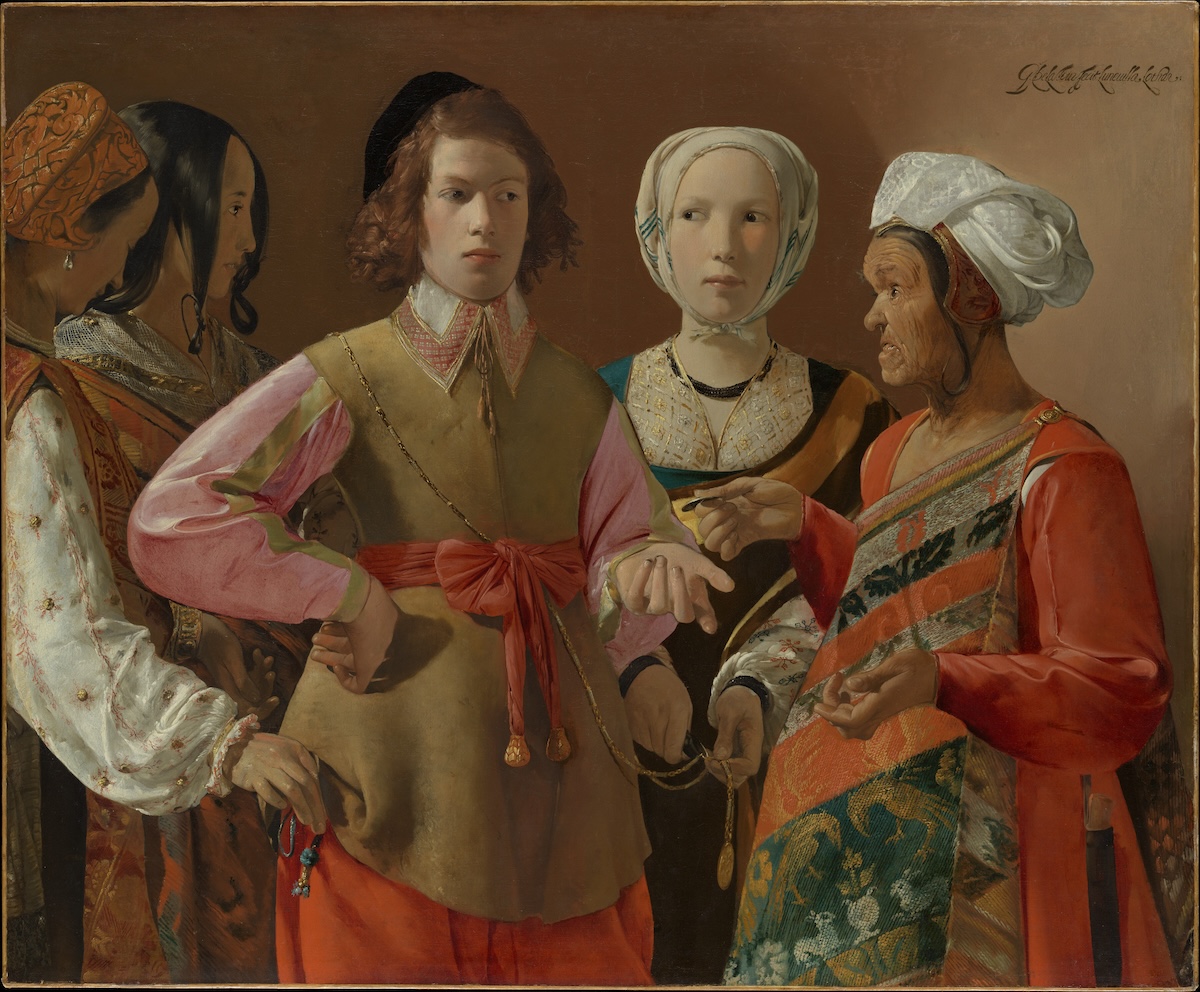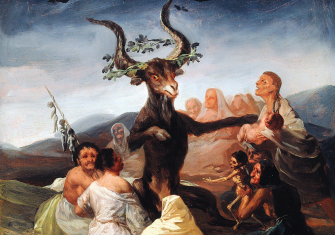‘Cunning Folk’ by Tabitha Stanmore review
Cunning Folk: Life in the Era of Practical Magic by Tabitha Stanmore gives a human face to magic in medieval and early modern England.

When most people – and perhaps most historians – think of magic and its practitioners in the Middle Ages and the early modern period, the twin images that come to mind are likely to be those of the witch and the learned magus. In popular culture the person accused of witchcraft (usually a woman) is a figure of pity or fascination, while the overreaching and over-learned magus is a character open to derision. But as Tabitha Stanmore expertly shows in Cunning Folk, magic was a more complex field of activity – and indeed business – than these limited stereotypes will allow. Men and women who were neither liable to be accused of witchcraft, nor learned like Heinrich Cornelius Agrippa or John Dee, made their living from the practice of magic. These ‘service magicians’ are the subjects of Stanmore’s eye-opening book, which lays bare the grubby and transactional – yet relatably human – world of late medieval and early modern England’s cunning folk.
Tabitha Stanmore has already done more than anyone to advance our knowledge of service magicians in the last decade with her book Love Spells and Lost Treasure (2022); Cunning Folk brings the insights gleaned from her unrivalled knowledge of the primary sources to a broader audience. While previous historians have focused on some of the better-known service magicians themselves – the notorious Jacobean wizard Simon Forman, for example – Stanmore concentrates on the human stories of the clients of these magicians, and on the types of magic they employed. While many of these people were surely charlatans, the typical figure who emerges from Stanmore’s meticulous research is often something more like a sort of proto-therapist: experienced men and women with a hard-won and refined understanding of human psychology who restored hope to the desperate. In a society where even clergy, after the Reformation, increasingly withdrew from a ministry of reassuring their flock by demonstrations of sacred power, these individuals acted as a last resort for the resolution of apparently insoluble problems.
The question of whether the magic of these cunning folk did or did not work is one that Stanmore – necessarily, perhaps – declines to answer: ‘I don’t know, I wasn’t there.’ But what we can say is that people kept coming back to seasoned professionals who built up successful businesses and local, regional and even national reputations. Clearly, these individuals were delivering what people wanted. Perhaps the best service magicians had the wisdom to realise that their clients were not really seeking the restoration of lost valuables, the name of a thief, or the love of a man or woman, but rather a sense of control over otherwise uncontrollable features of their lives. In the same way that religion promised the bounty of an inscrutable God who did not always deliver, so magic offered to make sense of the world – not as a rival to religion (for it was often deeply enmeshed in it), but as a pragmatic approach to the spiritual world that dealt with mundane matters of no interest to theology. Both religion and magic belonged to a worldview suffused with the supernatural where the efficacy – or potential efficacy – of spiritual technologies went without saying.
Stanmore’s book is structured around the most common longings expressed by the clients of service magicians: the search for lost goods and thieves, the search for love, the search for justice (‘How to Win at Trial’), the search for revenge, measures against witchcraft, the search for wealth, the search for power and the desire to know the future. It is a structure that mirrors that of the grimoires the magicians themselves used, which were usually a hotchpotch of ‘experiments’ for satisfying the most common desires of the magician or of his or her clients. While service magic in late medieval England was often the domain of the clergy – who, after all, were already conduits of sacred power – the Reformation brought a dramatic ‘deregulation’ of supernatural power which saw men and women fulfilling a demand no longer met by priests. In this respect, the cunning folk are a fascinating window on the growth of literacy and the diffusion of learning to a burgeoning lower middle or upper labouring class. While some cunning folk were illiterate, most were not and were in possession of manuscripts referencing such recondite works as the Picatrix (a medieval Arabic compendium of lunar magic). Many were also skilled mathematicians, capable of casting horoscopes. Indeed, the cunning folk could almost be said to have stood outside the boundaries of class – consulting for everyone from the poorest who could pay them to the wealthiest in the land.
This social fluidity of the figure of the wise woman or wizard surely reflected the universality of the human concerns they dealt with. While a duchess might not have been troubled by the loss of some spoons, the matter of fertility was just as important to the royal family as it was to the humblest labourer, while sinister forms of magic directed towards dispatching unwanted rivals became a valuable commodity at court. Magic had little to do with morality, and often seems to have existed in a grey area of ethics. But where churchmen, physicians and lawyers could not help, service magicians filled in the gaps as technicians of the impossible.
Cunning Folk gives a human face to magic in medieval and early modern England, bringing us closer than ever to the hopes, dreams and aspirations of both clients and practitioners. Like every other service industry, magic was at times a mercenary business, and many of the records we have arise from complaints brought by dissatisfied customers. But it is hard to conclude that service magicians did more harm than good. As Stanmore observes of the clients of cunning folk: ‘Instead of succumbing to the hopelessness they felt, they turned to magic – and, in doing so, they chose to hope.’
-
Cunning Folk: Life in the Era of Practical Magic
Tabitha Stanmore
Bodley Head, 288pp, £20
Buy from bookshop.org (affiliate link)
Francis Young is the author of Twilight of the Godlings: The Shadowy Beginnings of Britain’s Supernatural Beings (Cambridge University Press, 2023).






